Curtiss Canuck in Profile
By Bob Pearson
The Curtiss JN "Jenny" series is the most famous US designed aircraft of the WWI era. Besides the USAS, the type was used in large numbers by the RFC/RAF (Canada) for training of Commonwealth airmen in Canada and Texas (in the winter). The initial Canadian aircraft was the JN-4A which was externally similar to the earlier JN-3s with their pointed rudder and a pronounced downthrust to the propellor. The JN-4A were fitted with ailerons on both wings and were connected via cables. These aircraft were fitted with Deperdussin control systems and as such were more often used for training observers and aerial gunners rather than pilots. Eventually a modified version was produced, which was given the designation of JN-4 without taking into regard the fact that the Americans had also produced their own JN-4 variant. To distinguish them from the US Jenny, the modified Canadian aircraft were redesignated the JN-4(Can) and ultimately became known as the Canuck. The main external features of the Canuck are the rounded rudder, vertical front to the cowl, and ailerons connected by struts - initially parallel, but later in a 'V' configuration. Many JN-4A fuselages were mated with JN-4(Can) wings and were given the designation JN-4A/JN-4(Can).
With the US entry into WWI a deal was struck in which the Canadians would transfer to airfelds in Texas during the winter of 1917-18 in return for which they would also train future American pilots.
The basic finish is CDL fabric with PC10/Olive drab painted cowl panels. Most Canucks in training use carried unit markings on the fuselage and occasionally tail. Their wings were left un-marked except in the case of a few units which painted their wingtips or ailerons - these are described in the relevant unit sections.
During 1917 many Canucks could be seen with colourful unit markings, however at some point during or after their trip to Texas that winter, these markings were changed to more somber ones usually containing simple geometric shapes.
One last feature seen on many Canucks was the painting of names of Canadian cities and towns on many of the aircraft. As per other Commonwealth 'Presentation' aircraft, these were usually paid for by or on behalf of the named party
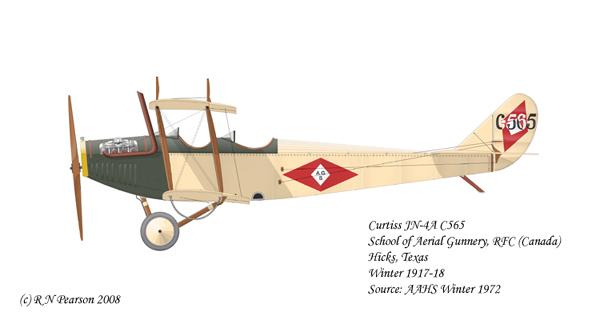
|
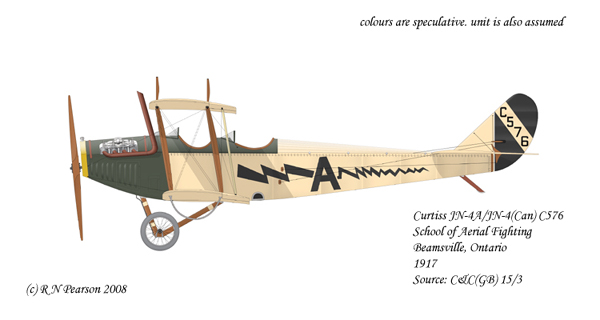
|
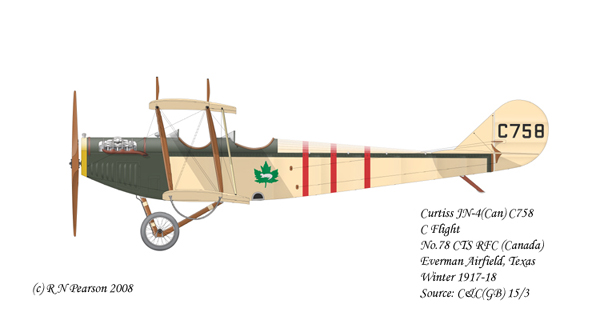
|
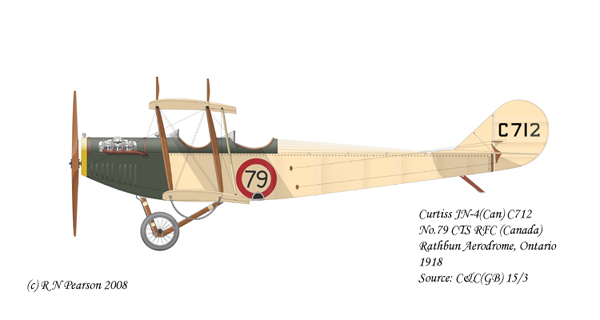
|
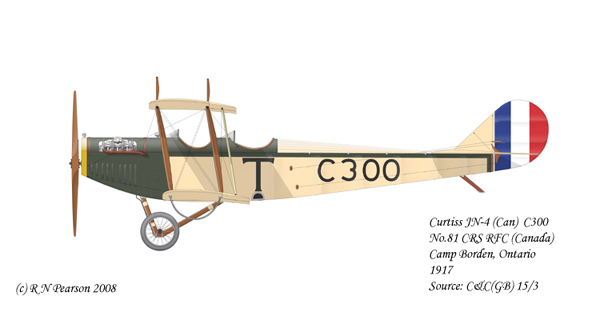
|
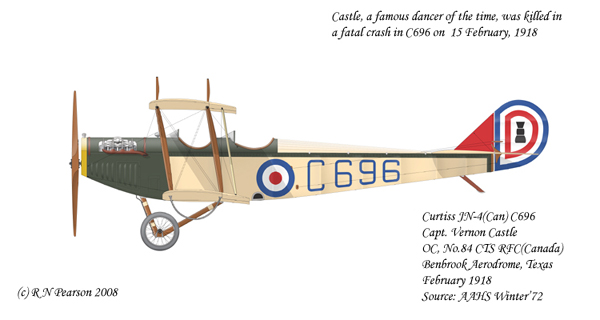
|
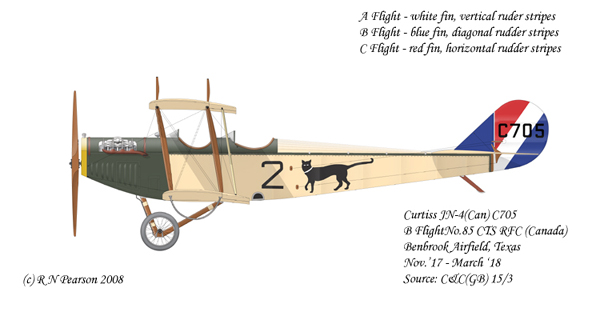
|
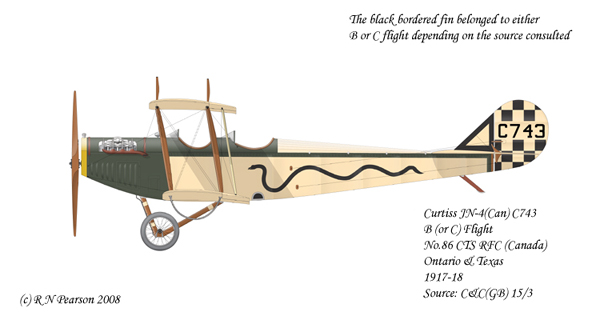
|
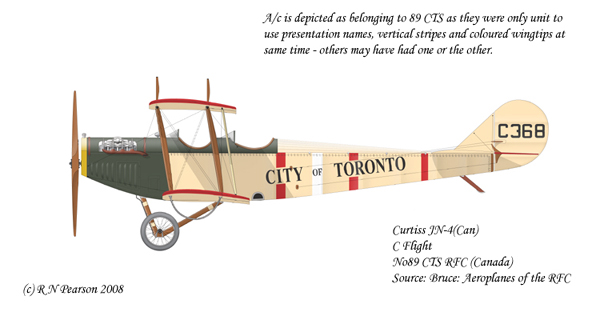
|
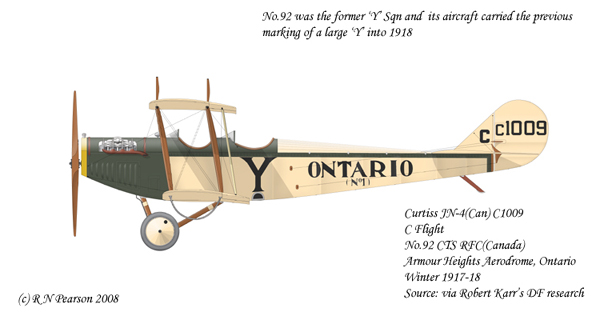
|
